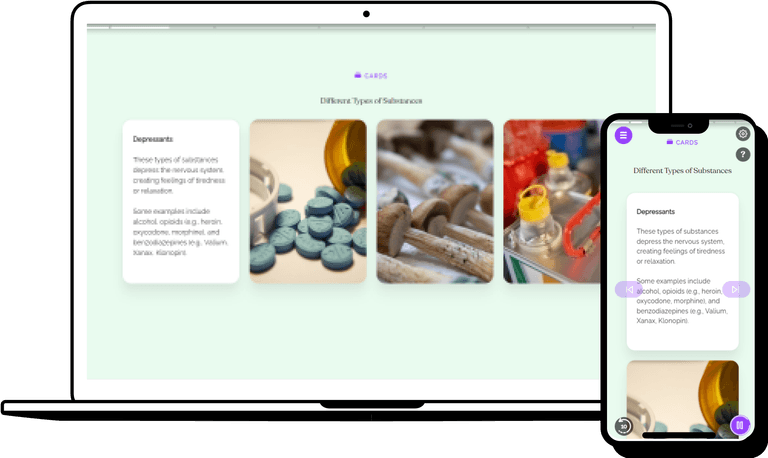Substance Use and Discrimination
Explore the intricate connection between substance use and discrimination. Understand the impact of stigma and bias, and discover strategies for fostering an inclusive campus culture.

Substance Use Disorder and the ADA
According to the Americans with Disabilities Act (ADA), substance use disorder (SUD) qualifies as a disability (ADA). Depending on the substance in issue, someone who has quit abusing it and is actively recovering may be regarded as having a disability. The ADA also recognizes as having a disability people who take lawfully prescribed drugs like Suboxone or Methadone to treat their SUD.

Examine the numerous political, cultural, and social variables that lead to the disproportionately negative effects of substance use on minority populations.
Harvard University researchers discovered that the so-called "Crack Cocaine Epidemic," which primarily afflicted Black people, was covered in the media using more medical terminology than the "Opioid Epidemic," which primarily affected White people. Also, they discovered that the "Crack Cocaine Epidemic" was addressed more like a criminal justice issue while the "Opioid Epidemic" was treated more like a public health catastrophe.
Despite the fact that white people and black people use illegal substances at roughly the same rates, black individuals are more likely to be arrested for selling or having illegal substances in their possession.
President Richard Nixon launched the "War on Drugs" in 1971, which his director of domestic strategy subsequently acknowledged was intended to target the anti-war left and Black people. This legacy persisted in the way other substance abuse-related public health crises were handled and are still handled today.
ADA Protections
The Americans with Disabilities Act (ADA) provides important protections for individuals with disabilities on campus. Some key ADA protections include:
Here are some myths to look out for:
- -
Non-Discrimination: The ADA prohibits discrimination on the basis of disability in all aspects of campus life, including admissions, programs, services, and activities.
- -
Reasonable Accommodations: Educational institutions must provide reasonable accommodations to ensure equal access and participation for individuals with disabilities. This may include modifications to policies, practices, or physical environments.
- -
Accessibility: Campuses must ensure that their facilities, programs, and services are accessible to individuals with disabilities. This includes accessible buildings, classrooms, restrooms, parking, and other campus areas.

Prevent discrimination with drugs and alcohol Awareness on campus training
Combat discrimination on campus through comprehensive drugs and alcohol awareness training. By increasing knowledge and promoting understanding, this training equips participants with the tools to challenge biases, foster inclusivity, and create a welcoming environment for all.

Helping over 8,000+ organizations create a safer, more inclusive company culture
EasyLlama’s online training course provides a more in-depth understanding of substance use and misuse on campus. Explore how to identify signs of substance misuse in themselves, their colleagues, and their students and address these issues in a supportive and non-judgmental manner. The course covers:
































